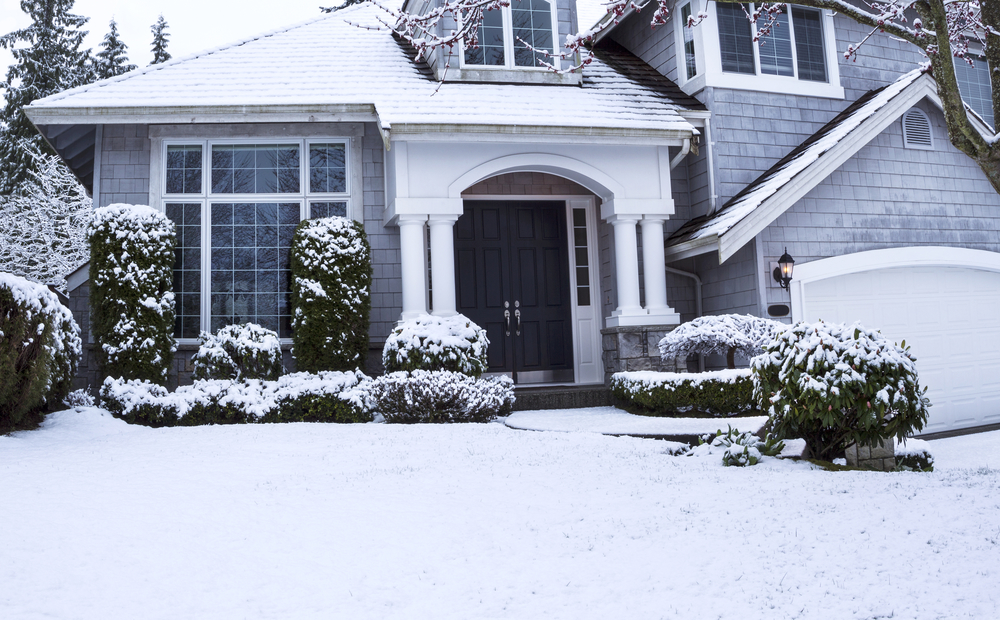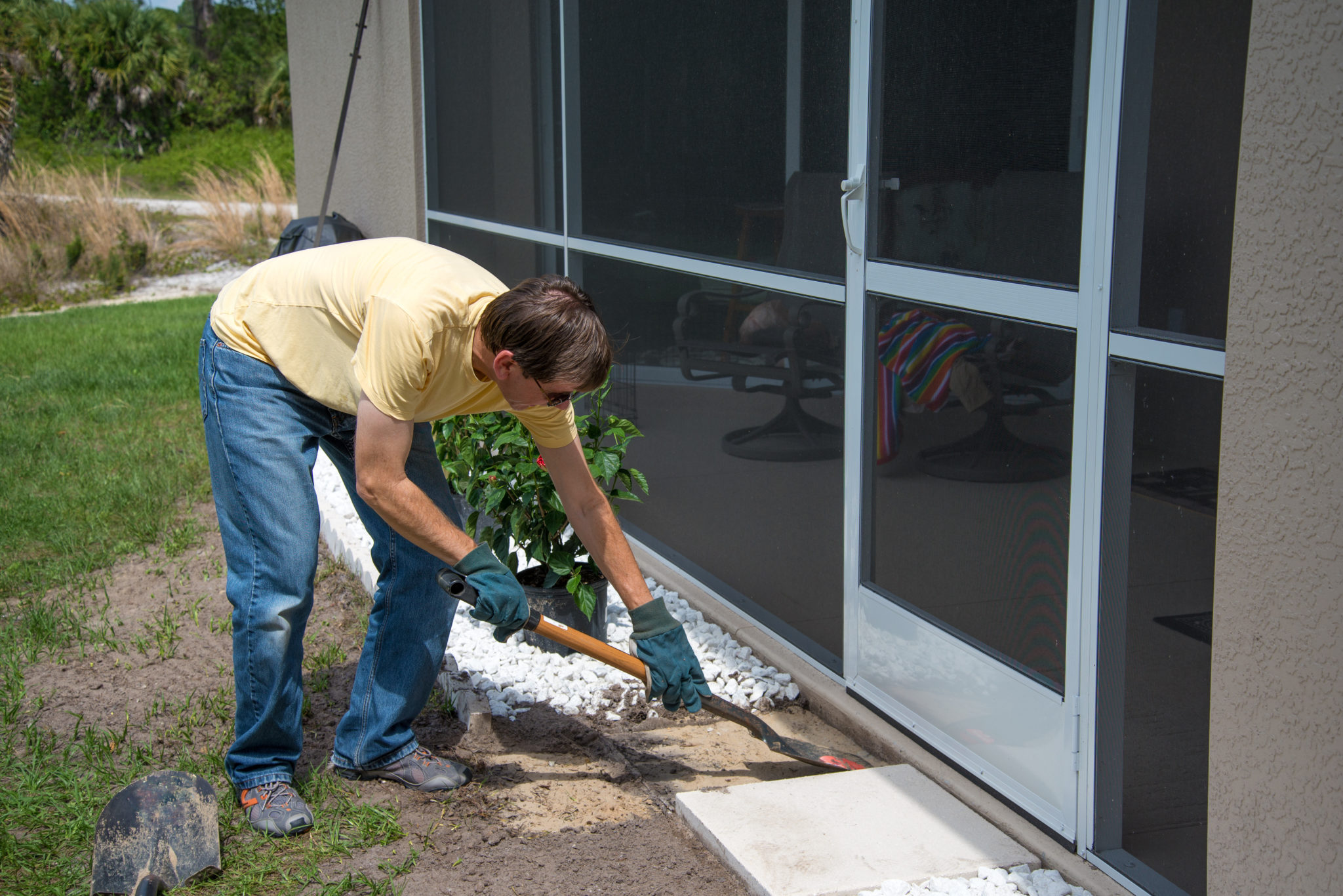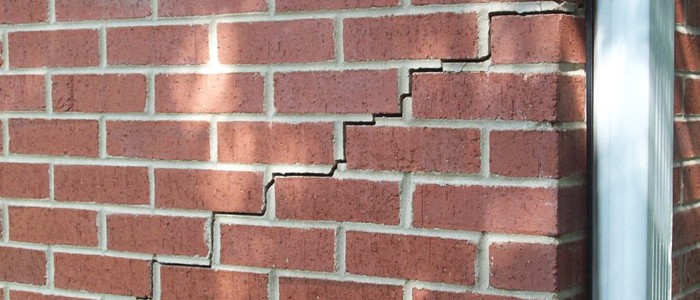Melting Snow
The basement is probably the last thing you’d think about when winter rolls around. However, it is important to ensure that your basement is ready for the winter. Melting snow can have a big impact on your basement if you don’t take the necessary precautions.
Impact of melting snow on your foundation
Many people get concerned about their foundations and basement during the rainy seasons. But the snow can also have a negative impact including the following:
- Water seepage and buildup of moisture
When snow melts, it turns into water. This water seeps into the ground. If large volumes of snow have piled around your home, it will melt and the water will seep into the soil surrounding your home’s foundation.The excess water in the soil can seep into your home through any space it will find including cracks in the wall, the point at which the wall meets the floor or right above the foundation wall. If you have window wells for your basement windows, you can be sure that water will find its way into your basement through these wells.
You’ll then be dealing with a moisture problem or at its worst, a flooded basement. - Formation of foundation cracks
The increased amount of water due to the melting snow results in increased hydrostatic pressure in the soil. This results in increased pressure against the walls of your foundation. This can result in the formation of cracks in the foundation or even worse, bowing foundation walls. - Damaged discharge line
When you have a working sump pump, flooded basements won’t worry you as much. However, watch out for the health of your sump pump’s discharge line during the winter. If the pipe is pitched improperly then water resulting from melting snow or that which has been pumped out of the basement can easily settle in the pipe and freeze. This results in obstruction of the pipe.
How to prepare for winter
- Get professional help for waterproofing
Don’t wait until the last minute to get a professional in to waterproof your basement. Start the planning early and ensure that the work is done before the winter sets in. It will be almost impossible to work under freezing temperatures in the winter. - Don’t get lazy
Ensure that snow does not build around your home. Shovel snow on your driveway and around the walls of your home. Keep it away from the foundation of your home. - Check gutters and downspouts
Have your gutters and downspouts checked to ensure that they are clear. They should also be able to guide runoff away from your foundation.













